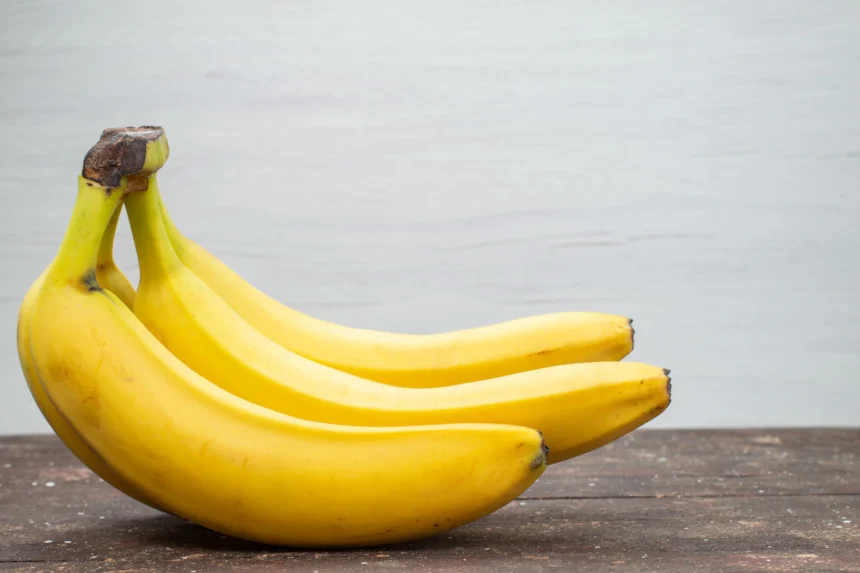Panama disease, also known as Fusarium wilt, is a devastating plant disease that affects banana plants. It is caused by the fungus Fusarium oxysporum f. sp. cubense. Here are some symptoms of Panama disease that you should look out for in banana plants:
- Leaf yellowing: One of the early signs of Panama disease is the yellowing of lower leaves. The yellowing usually starts from the tips of the leaves and gradually spreads towards the base.
- Wilting and drooping: Infected banana plants often show wilting and drooping of leaves. The leaves may become limp and lose their turgidity. This wilting usually occurs on one side of the plant at first and progresses to affect the entire plant.
- Necrosis of vascular tissue: As the disease progresses, you may observe dark brown to black discoloration of the vascular tissue in the pseudostem (the main stem of the banana plant). This discoloration is often accompanied by a foul odor.
- Stunted growth: Infected banana plants exhibit reduced growth and may appear stunted. The size of the pseudostem and the overall plant height may be smaller than healthy plants.
- Premature ripening of fruit: Another symptom of Panama disease is the premature ripening of fruit. The bananas on infected plants may ripen earlier than normal and have a shorter shelf life.
- Death of the plant: In severe cases, the disease can lead to the death of the entire banana plant. The plant may collapse and become completely wilted, and the pseudostem may rot.
It’s important to note that these symptoms can vary depending on the banana variety and the stage of the disease. If you notice any of these symptoms in your banana plants, it is recommended to contact agricultural experts or plant disease specialists for proper diagnosis and advice on management strategies.
Join 'Farmers Mag' WhatsApp Channel
Get the latest Farming news and tips delivered straight to your WhatsApp
CLICK HERE TO JOIN






